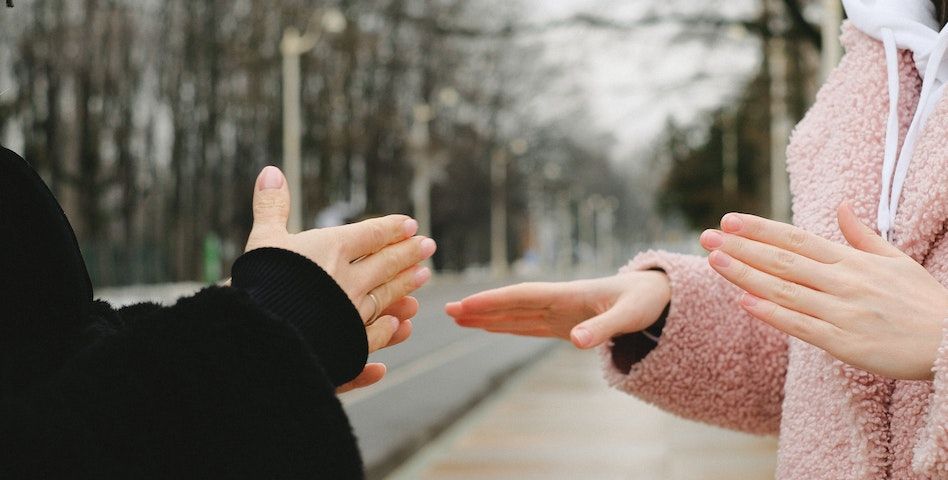Can We Come to Know About Moods from Body Language?
In this blog, we'll explore the intriguing realm of body language and its role in helping us discern the moods of others.

Human communication is a complex interplay of words, tone, and body language. While words convey explicit messages, body language often serves as a subtle but powerful means of conveying emotions and moods. From facial expressions to posture and gestures, our bodies have a remarkable ability to reveal what words alone cannot. In this blog, we'll explore the intriguing realm of body language and its role in helping us discern the moods of others.
The Language of Facial Expressions
Facial expressions are perhaps the most potent indicators of a person's mood. The human face can convey a wide range of emotions, from happiness and surprise to anger and sadness. Genuine smiles indicate happiness or joy, while frowns signify sadness, disappointment, or frustration. Raised eyebrows can signal surprise or curiosity, and narrowed eyes may indicate suspicion or anger. These expressions are universal, transcending cultural boundaries and language barriers.
Body Posture and Position
Beyond facial expressions, a person's body posture and position can reveal a wealth of information about their mood. Standing or sitting upright with shoulders back typically indicates confidence, positivity, and attentiveness. On the other hand, a slouched or hunched posture may signal fatigue, disinterest, or low self-esteem. Crossed arms and legs can suggest defensiveness or resistance, while leaning forward when engaging in a conversation indicates interest and engagement.

Gestures and Movements
Gestures and movements can also provide insights into a person's mood. Hand movements, for instance, can convey enthusiasm, excitement, or frustration. Nail biting or fidgeting with one's hands may be a sign of nervousness, anxiety, or stress. Restlessness, such as pacing or constant adjustments to one's position, can indicate impatience or discomfort.
Voice and Tone
While not strictly body language, the way a person speaks, including their tone and voice modulation, is closely tied to their mood. A cheerful, upbeat tone usually reflects happiness or excitement, while a flat or monotone voice can suggest boredom or indifference. Raised voices may indicate anger or frustration, whereas a soft or hushed tone can signal sadness or vulnerability.
Cultural and Individual Variations
It's important to note that while certain body language cues are widely recognized, there can be cultural and individual variations. Cultural norms and personal idiosyncrasies may influence how people express their emotions through body language. What is interpreted as a sign of a specific mood in one culture may have a different meaning in another. Additionally, individual differences play a significant role. Some people are naturally more expressive with their body language, while others may be more reserved. It's essential to consider the context, cultural background, and individual differences when interpreting body language.

Conclusion
Body language is a powerful tool for understanding the moods and emotions of others. While words can sometimes mask true feelings, our bodies often reveal what we may not say outright. Paying attention to facial expressions, body posture, gestures, and voice tone can help us connect more deeply with others, improve our communication skills, and foster empathy and understanding. However, it's essential to remember that body language is just one part of the communication puzzle, and interpreting it accurately requires context and sensitivity to individual and cultural differences.